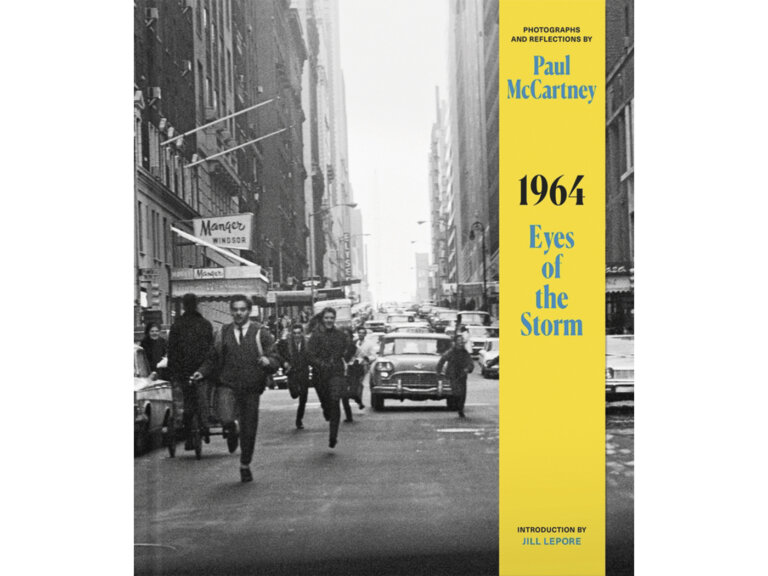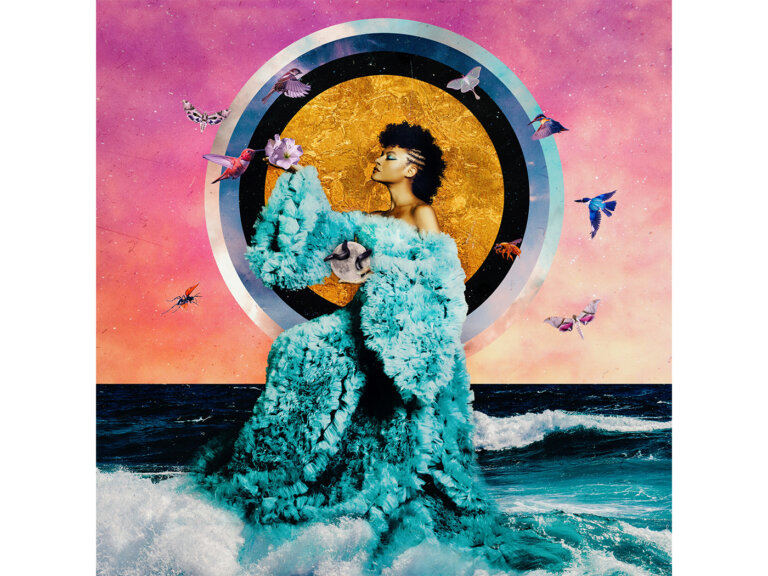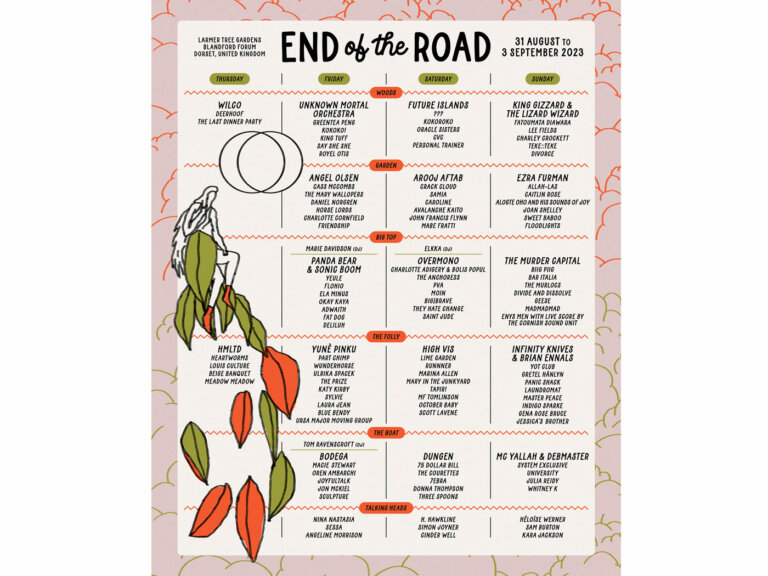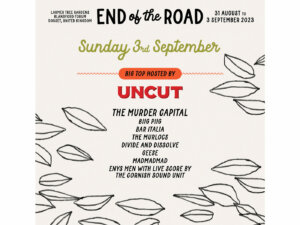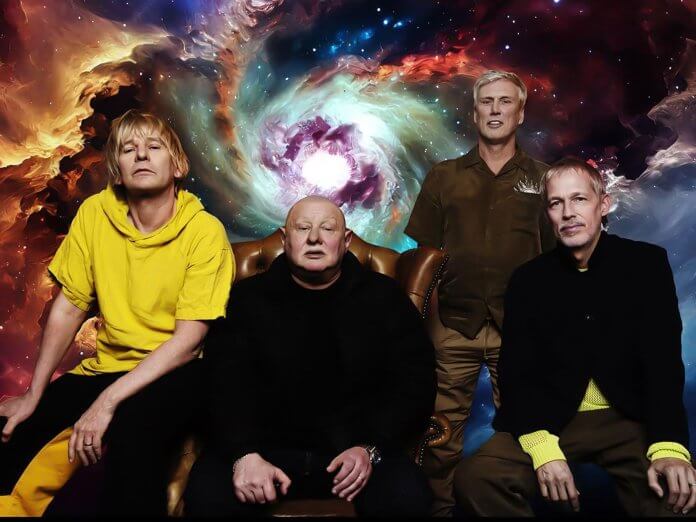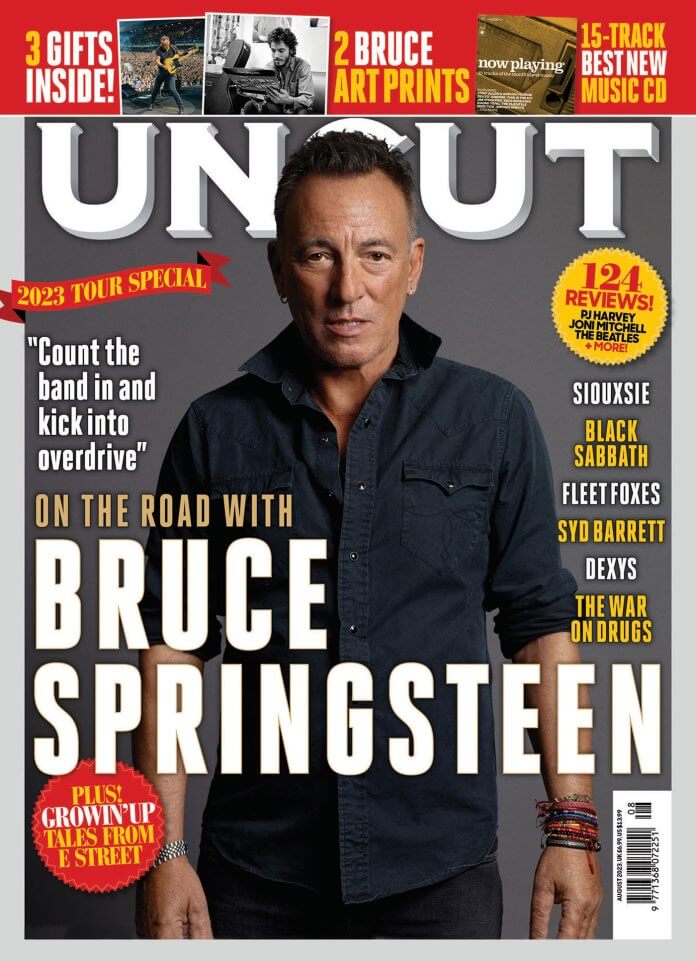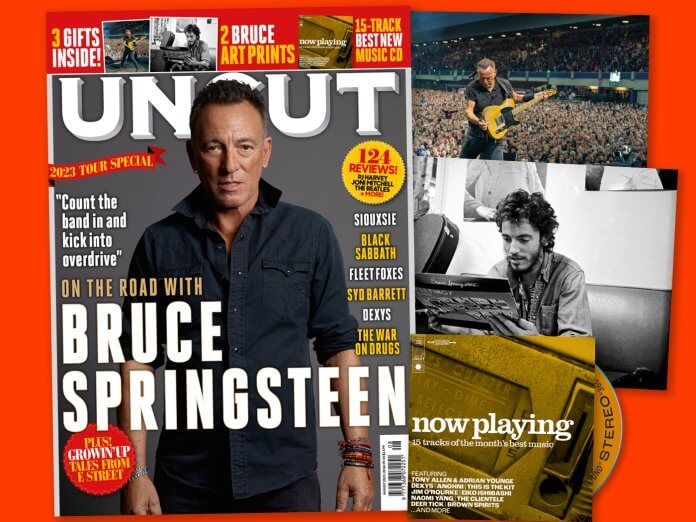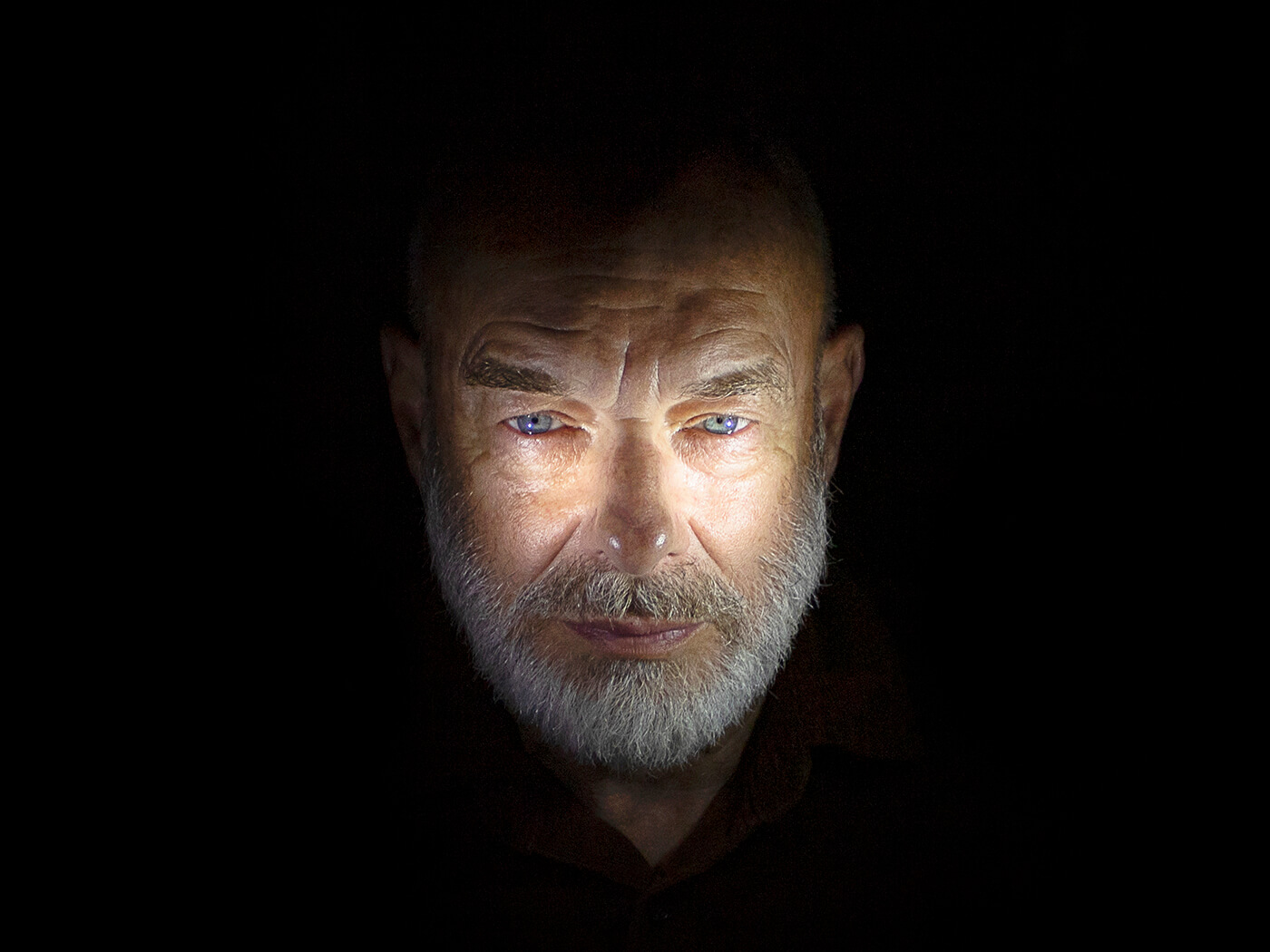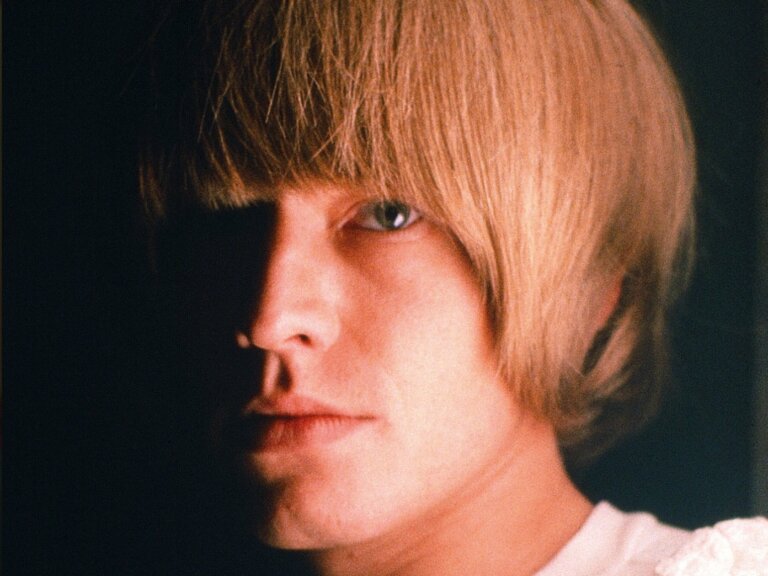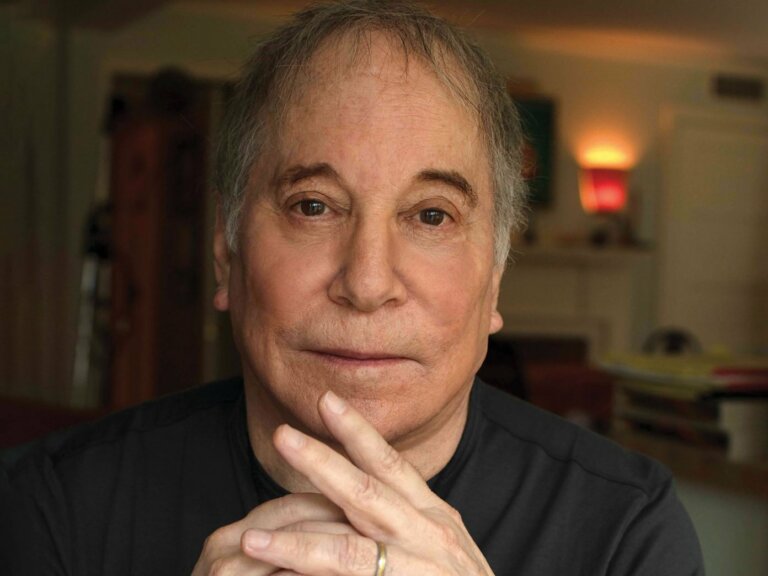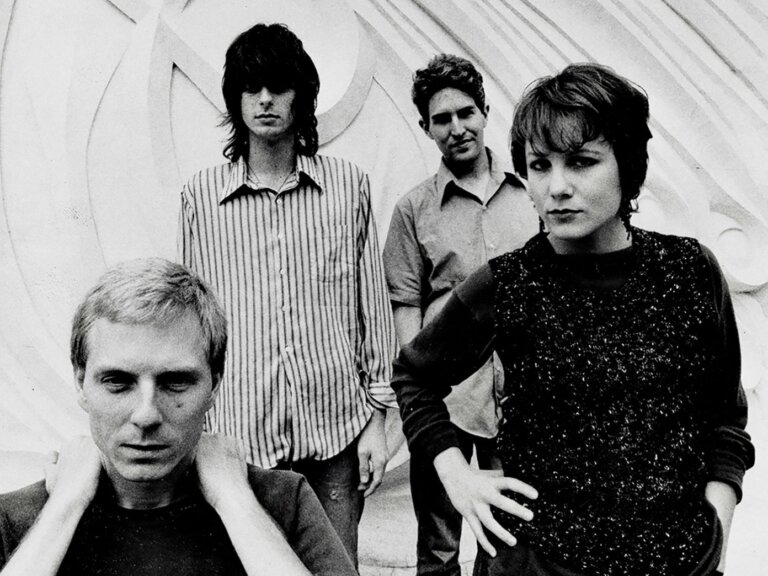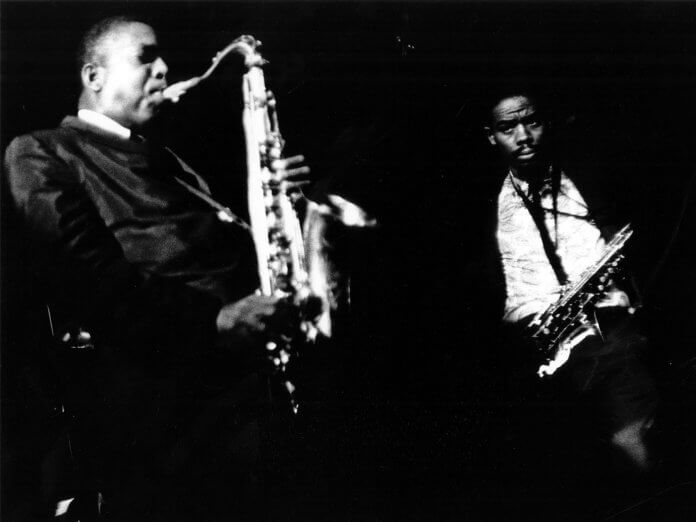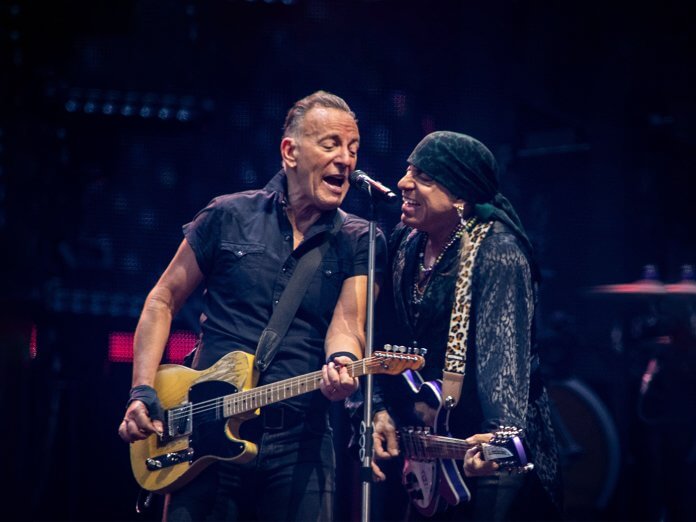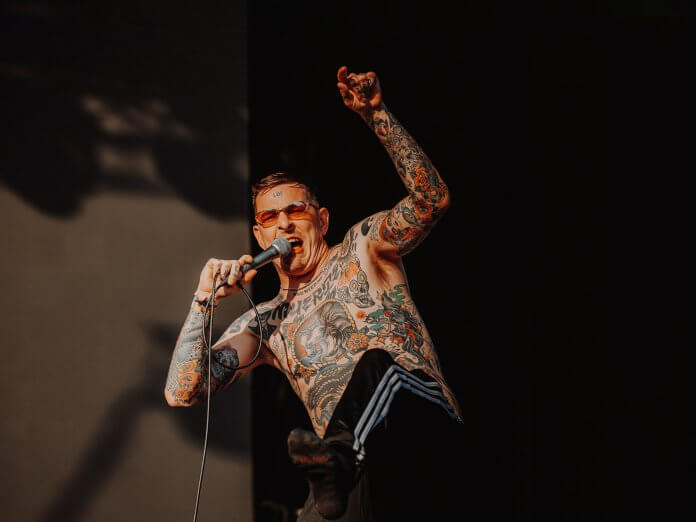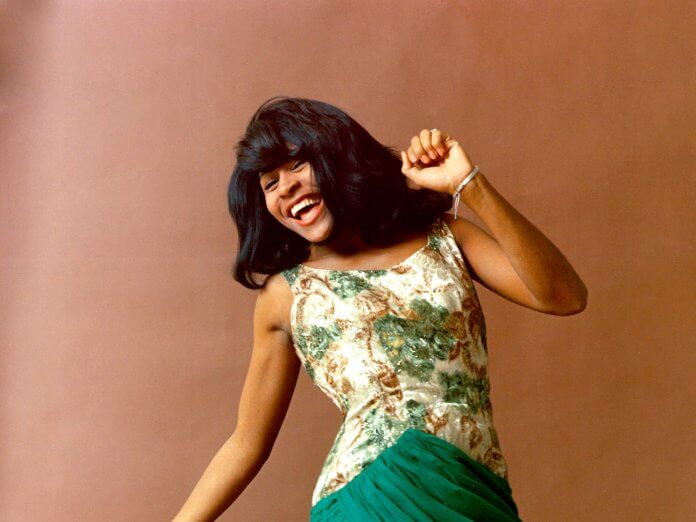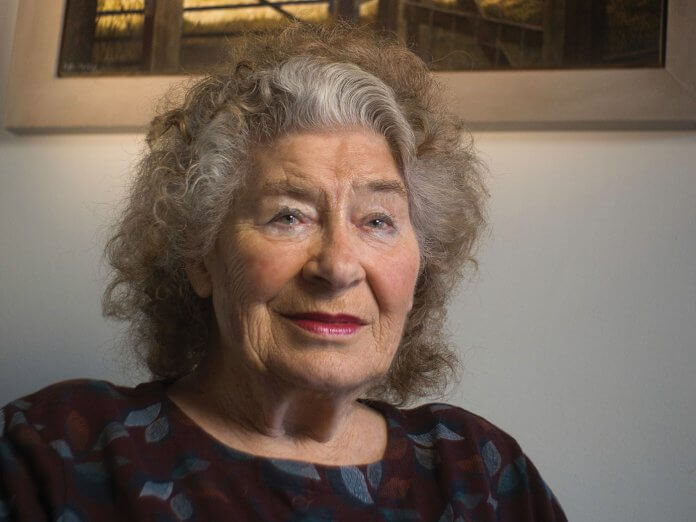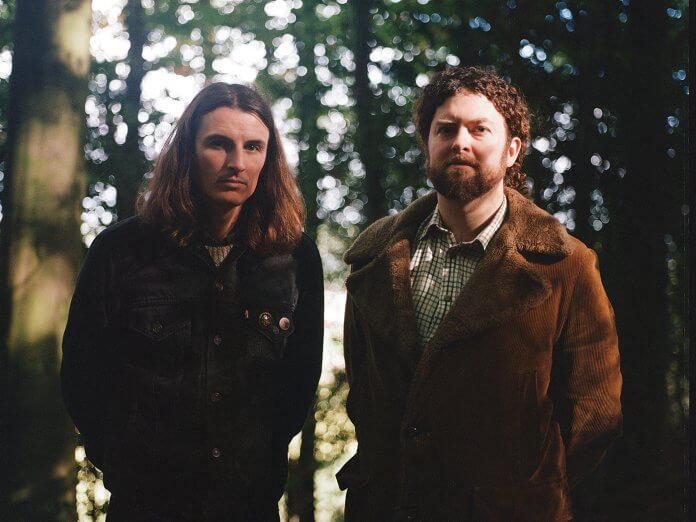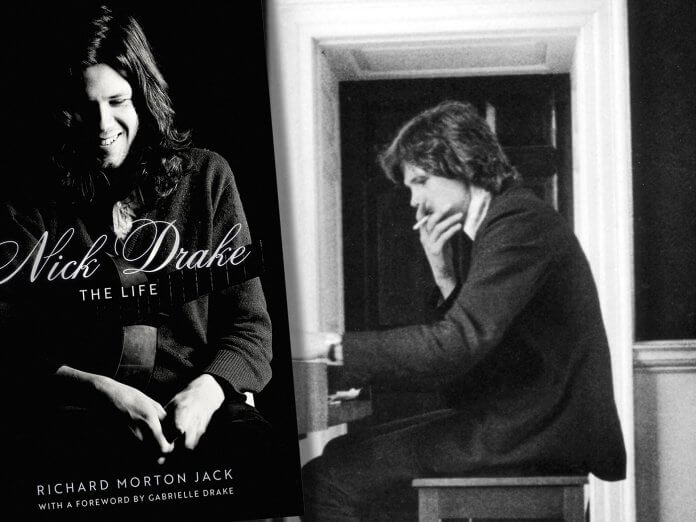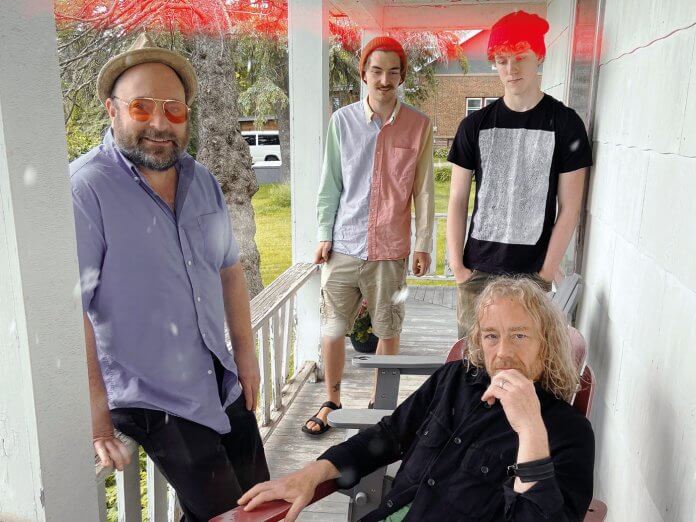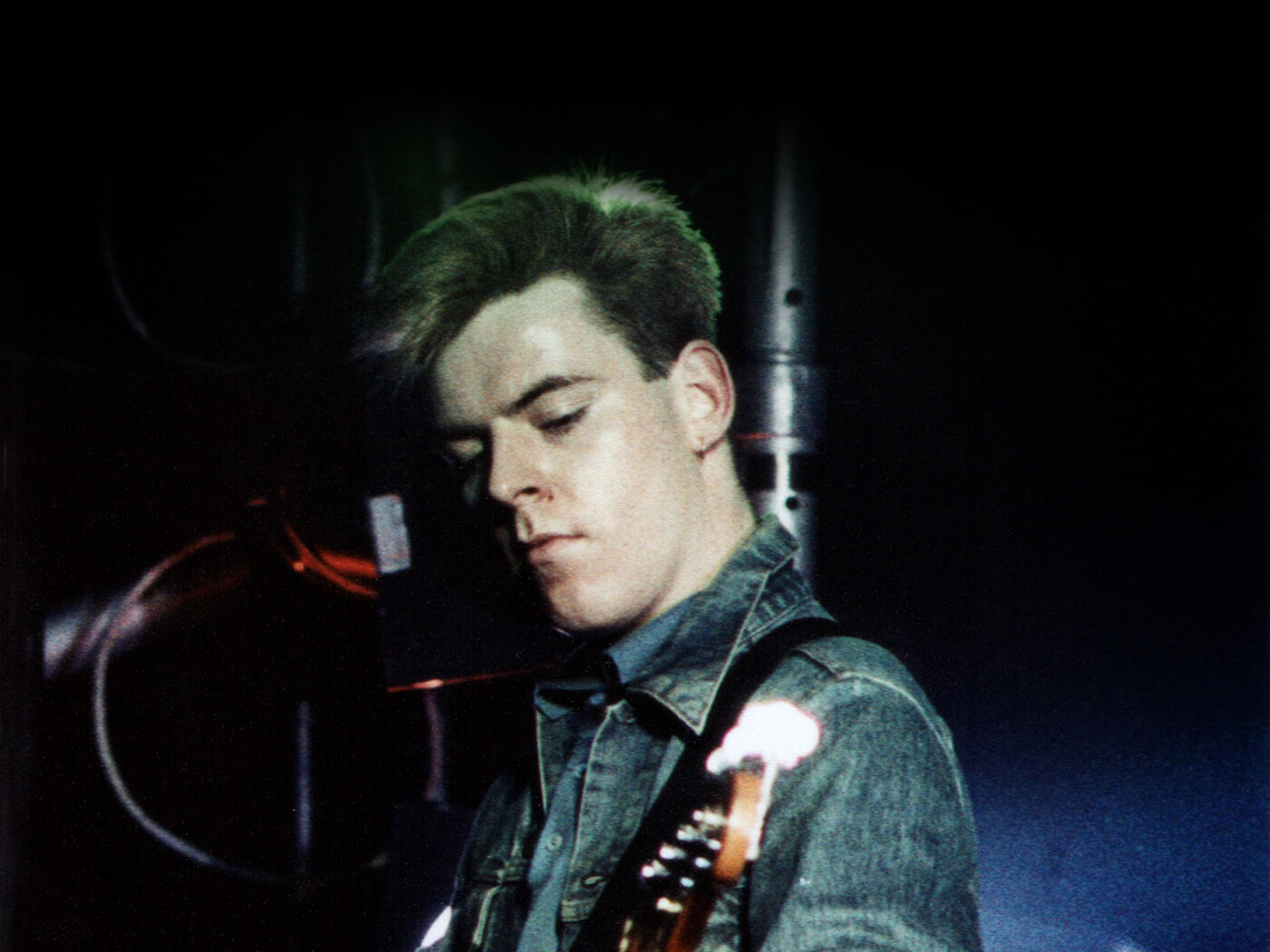That England’s greatest living folk singer, Shirley Collins, would still be making records in her ninth decade was by no means preordained. There are many reasons why an artist might give up the ghost – dwindling inspiration, the rigours of age, a music industry that can be careless towards the legacy of its elders. Besides, Collins’ departure from the live stage had seemed complete – a three-decade absence that began early in the 1980s, after a divorce from her husband and collaborator Ashley Hutchings, leader of the Albion Country Band.
Following the divorce, Collins was diagnosed with vocal dysphonia – even if she’d wanted to sing, the words just wouldn’t come. But much like the folk songs that she’s made her own over the years, voices like Shirley Collins’ have a habit of coming back around. In 2014 at the encouragement of her friend David Tibet, she tentatively sang a couple of songs before Current 93’s performance at London’s Union Chapel. Then came a couple of albums – first 2016’s Lodestar, then 2020’s Heart’s Ease– through which you could hear her confidence grow, her powers return.
And now there is Archangel Hill. Like its two predecessors, it was produced by Collins’ musical director, Ian Kearey of Oysterband, and largely consists of a mix of freshly arranged traditionals, plus a couple of newer compositions, all brought to life by Collins’ Lodestar Band. The album takes its name from a place close to Collins’ heart. It’s the name that her stepfather gave to Mount Caburn, a prominent hill just to the east of her cottage in Lewes, not far from England’s south coast. She remembers he’d tell her tales of when he used to ride it on horseback, transporting horses from nearby Bishopstone to the Lewes races.
If Archangel Hill’s title is loaded with personal significance, the contents follow suit. These 13 songs form the map of an eventful, well-lived life. Collins first recorded “Bonny Labouring Boy” in 1957 with her then-partner, the American song collector Alan Lomax, but her relationship with it goes back further still; she recalls her grandfather singing it to her during the air raids on Hastings during the Second World War. The instrumental “June Apple” is a rambunctious reel for banjo and fiddle that Collins first experienced when it was played for her by the old-time Virginia musicians Wade Ward and Charlie Higgins back in 1959. And while “High And Away” is technically a brand new song, written by Lodestar Band member Pip Barnes, its subject – a tornado that tears up a town in rural Arkansas – takes inspiration from a passage in America Over The Water, Collins’ testament of her song-hunting travels with Lomax at the end of the 1950s. The imagery is shocking – houses smashed like matchsticks, cars hurled down the street like tin cans. But the keen storytelling is lifted by a singalong chorus that’s immediately loveable.
One of the things that fascinates about Archangel Hill is listening to the way Collins’ relationship with this material has changed over time. Her voice has, of course, aged; a little frailer these days, but capable of conjuring up startling pathos, not to mention a sense of mischief that sparks like struck flint. The way she sings today has much in common with the women she met on those early field research trips, greying mountain matriarchs whose plainsung takes on these hand-me-down songs offered a link back to the old ways. Compare the version of “Hares On The Mountain” here with the one included on Folk Roots, New Routes, her 1964 collaboration with the guitarist Davy Graham. Then, Collins was not much older than the song’s subjects, wide-eyed young maidens lured astray by the boys – or taking the sensible option and burying their head in a schoolbook. Now, some six decades on, her take on the song feels quite different. She sings it accompanied by piano, and her tone is mournful, mysterious, a touch admonishing, as if she now approaches the song with hard-earned wisdom to hand down.
This is old-time music, but sometimes with subversive intent. Both “The Golden Glove” and “Fare Thee Well, My Dearest Dear” feature a female protagonist who dresses as a man. In the former, a young lady uses trickery to escape from a planned betrothment to a wealthy squire so she can shack up with the strapping young farmer who was due to give her away. On the latter, a girl decides to stow away on a ship to Venice with her true love, although as is so often the case with these sorts of songs, she ends up bound for a watery grave.
This occasional tendency towards the macabre manifested frequently on 2016’s Lodestar, and is occasionally in evidence here too. A take on old gypsy song “The Oakham Poachers” is delivered with a deliciously morbid sense of drama, while “Lost In A Wood” is an iteration on the folk song “The Babes In The Woods” that Collins found in an old book of rhymes discovered while browsing the bookshops of Brighton. It begins bucolic, but a twee guitar filigree gradually gives way to something darker, revealing a sombre fatalism all the more shattering for its matter-of-fact delivery.
Shirley’s older sister Dolly is a silent but lingering presence. A musician and arranger, the pair worked together throughout the ’60s and ’70s. Several of Archangel Hill’s songs – “Fare Thee Well My Dearest Dear”, “The Captain With The Whiskers” – were originally recorded with Dolly by her side. There is an unexpected blast from the past, too, in the shape of a 1980 live performance of “Hand And Heart”, a song written by Shirley and Dolly Collins’ uncle. Collins is accompanied on harpsichord by Winsome Evans, but the stately arrangement is Dolly’s own, and it still sounds majestic.
Collins’ 2020 album Heart’s Ease closed with a bold excursion in the shape of “Crowlink”, a piece about a South Downs walk that set her voice amidst droning hurdy-gurdy and the crash of distant waves. Archangel Hill concludes in a similarly atmospheric fashion. Its title track is an interpretation of a poem that Collins’ father wrote while he was serving in the Royal Artillery during the Second World War, which she discovered in his belongings after his death.
The track begins with a gust of wind, which Kearey captured with a recording device while on a walk up Mount Caburn. It’s joined by rhythmic piano, then some gorgeous, glimmering guitar work. And then Collins softly speaks the piece – a tribute to her beloved Sussex that slow-pans across lanes, fields and rivers, the rolling Downs and Beachy Head. Sat right at the nexus of history, family and place, “Archangel Hill” has an undeniable emotional charge. And while it may not be a folk song in the way that people like Shirley Collins might understand the term, its provenance – the work of an amateur creator, passed down from one generation to the next – positions it firmly in that lineage. If, as Collins implies, Archangel Hill is her swansong for real, this would feel like an appropriate place to draw matters to a close. But why wish for that, where there are more songs to sing, and tales to tell? This album proves that Collins – if she so wishes – still has more to give.


